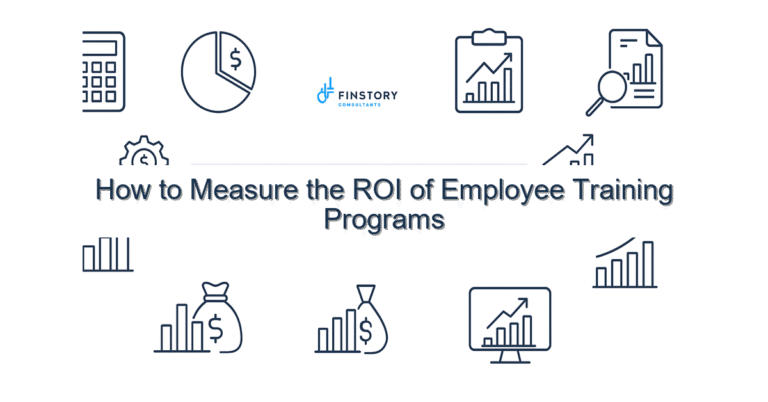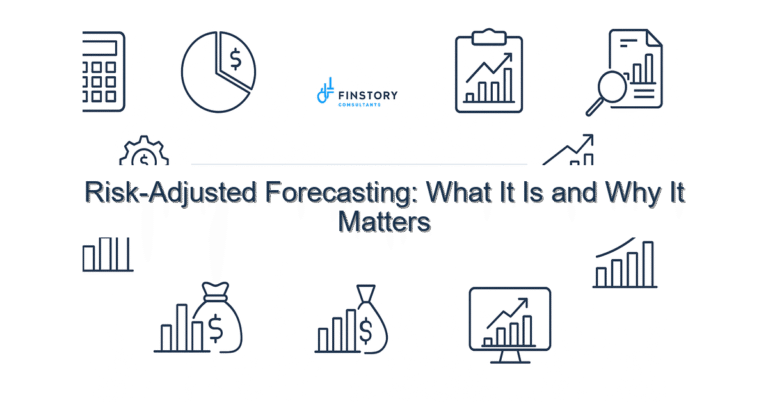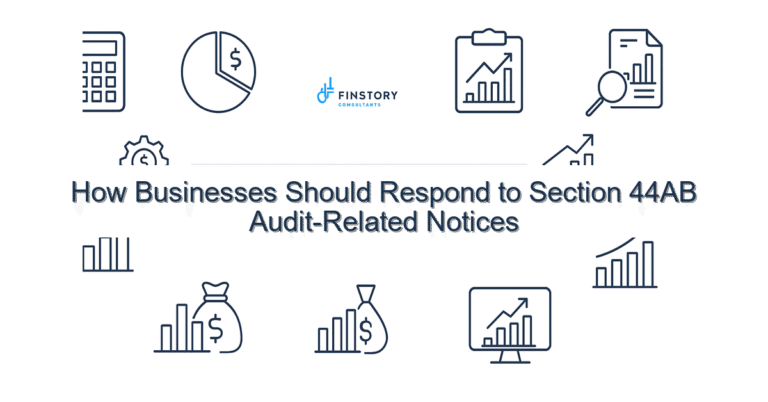How to Analyze Gross Margin for Hidden Insights
If you’re only glancing at your gross margin once a year, you’re missing a goldmine of insights about your business.
Gross margin isn’t just an accounting metric—it’s a window into your pricing, costs, efficiency, and even your market strategy. Done right, analyzing gross margin can reveal hidden problems and opportunities long before they show up in your bank account.
Let’s dive into what gross margin really tells you, and how to use it to steer your business with confidence.
Gross Margin, Simply Explained
First, a quick refresher—minus the jargon:
Gross Margin = (Revenue – Cost of Goods Sold) ÷ Revenue × 100
It measures how much of every sales dollar you keep after covering the direct costs to produce your goods or services.
- A higher gross margin means you have more left over to pay operating costs, invest in growth, or build profit.
- A lower gross margin can be a warning that costs are creeping up or pricing is too low.
Real-World Example: Same Sales, Different Margins
Imagine two companies, both selling $500,000 worth of products:
- Company A has a gross margin of 45%, leaving $225,000 after direct costs.
- Company B has a gross margin of 25%, leaving only $125,000.
That $100,000 difference is the breathing room that pays for salaries, marketing, and future growth.
I worked with a client in the specialty foods business who felt successful because revenue kept climbing. But their gross margin slid from 38% to 28% in one year. Why? Ingredient costs rose quietly, but they hadn’t adjusted prices. Once we analyzed their gross margin trends, they renegotiated supplier contracts and carefully raised prices, restoring their margin—and profitability.
Break Down Gross Margin by Product or Service
One of the best ways to unlock insights is to look beyond your overall gross margin.
Instead, break it down:
✅ By Product Line or Service Category
- You might discover that one product’s margin is dragging the whole average down.
- Example: A consulting firm realized small projects under $5,000 were eating time and resources, generating a 20% gross margin vs. 60% for larger contracts.
✅ By Customer Segment
- Certain customer groups might demand discounts, shrinking margins.
- Example: An e-commerce business noticed wholesale customers had a 10% lower gross margin than retail buyers.
Watch for Margin Erosion Over Time
Small changes add up. Regularly compare your current gross margin against past periods. Look for:
- Rising material or production costs
- Increased discounts or promotions
- Price reductions due to competition
If your gross margin is declining, dig into why—then decide if you need to raise prices, reduce costs, or shift your sales mix.
Use Gross Margin to Inform Strategy
Gross margin isn’t just historical data—it’s a strategic tool:
- Pricing Decisions – Test whether you can raise prices without scaring away customers.
- Product Mix – Focus on selling higher-margin products or services.
- Supplier Negotiations – Use gross margin data to justify cost reductions.
How a Virtual CFO Helps
A Virtual CFO doesn’t just calculate your gross margin—they help you interpret what’s behind the numbers. They can:
✅ Build dashboards that show gross margin trends clearly
✅ Spot where margins are leaking and suggest solutions
✅ Help you price strategically for healthy profits
Instead of flying blind, you’ll know exactly where your business makes—and loses—money.
Your Next Step
When was the last time you looked at your gross margin in detail?
Pick one product, service, or customer segment and calculate its gross margin this week. See if it matches your expectations—or if there’s a surprise waiting.
And if you’d rather not wrestle with spreadsheets, consider reaching out to a Virtual CFO. Because gross margin shouldn’t just be a line on your P&L—it should be your roadmap to bigger profits.





